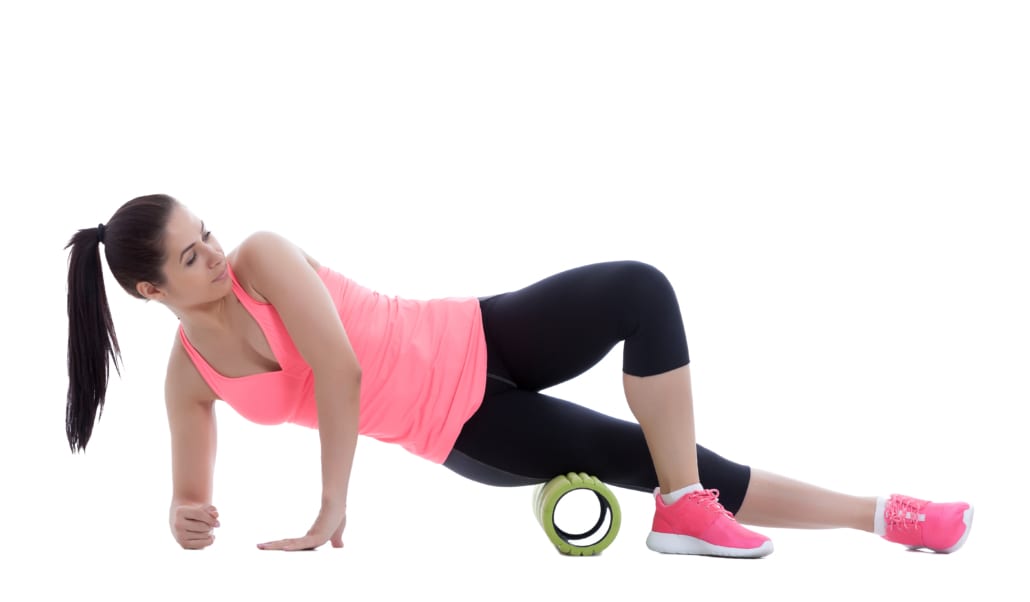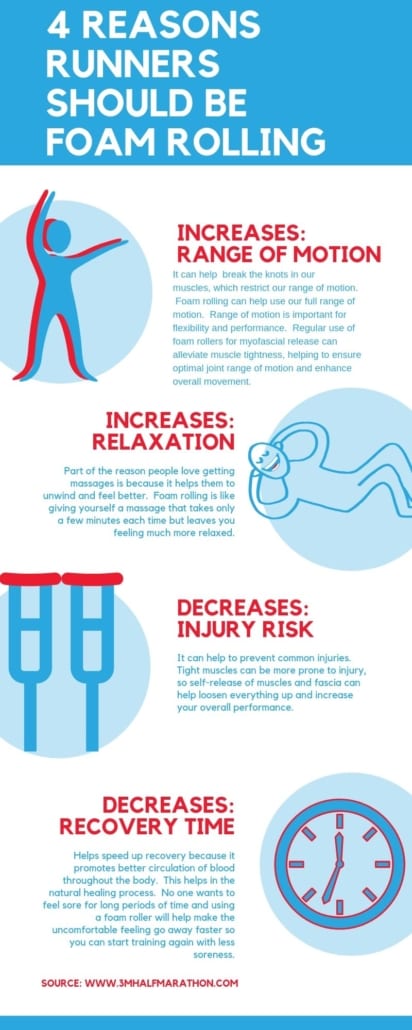Running tips that can keep you safe now that daylight saving time has ended
If your clocks didn’t do it automatically, then you just made every clock you own “fall back.” Whether you like it or not, daylight saving time has ended and the sun will set much, much earlier than normal. In general, this means colder temperatures and less sunlight. But like they say, the training must go on! If you’re training for 3M Half Marathon or the Ascension Seton Austin Marathon, these 5 running tips will keep you safe now that daylight saving time has ended. If you’re out driving, watch out for runners and cyclists!
Wear reflective clothing/lights
Reflective clothing is a must! In addition to reflective clothing, bright colors work too. Make sure you’re seen by everyone, from drivers to cyclists. Take your safety a step further and add lights. They’re lightweight and can ensure you’re seen from farther away. Depending on your preference, lights can be worn on your shoes, legs, arms, or your head.
Dress in layers
If it’s chilly outside, dressing in layers can help your body maintain its core temperature. This is critical in ensuring you don’t get sick. It also allows you to take off layers if you get too warm and put them back on when you cool down post-run. When dressing in layers, make sure the layer closest to your body has sweat-wicking material.
Adjust your schedule
Whether you like the time change or not, you should adjust your schedule now that daylight saving time has ended. If you can, run when the sun is out, coming up, or going down. This increases the chances that you’re seen by others. You also avoid running during the coldest parts of the day, especially early morning. You should always check the weather before you head out for a run.
Run defensively
Running defensively doesn’t mean you have to run slower. This could mean wearing reflective clothing/lights (like above), avoiding busy roads, or running in areas with high foot traffic. If you do run near busy roads, make sure you run against traffic. Expect the unexpected and briefly slowing down at intersections, parking garage entrances, and apartment/business driveways. As the amount of daylight diminishes, you need to protect yourself from others who aren’t paying attention or might want to cause harm to others.
Tell someone your workout
Before you take off, tell someone (loved one, co-worker, or roommate) your planned route, mileage, and when they can expect you back. Or ask them to run with you! If they don’t, knowing your route and mileage provides an idea of when they can expect you back and where to check should you not come back on time. Turn on the setting that allows someone to know your location, most smartphones have this.
Take your safety into your own hands with our tips. By being proactive, you increase the chances of completing a successful training run. With drivers paying less and less attention, runners need their safety even more seriously. We want you to make it to the 3M Half Marathon start line on January 19th fully healthy! Is there something you do that we didn’t list? Let us know on Facebook and Twitter.



